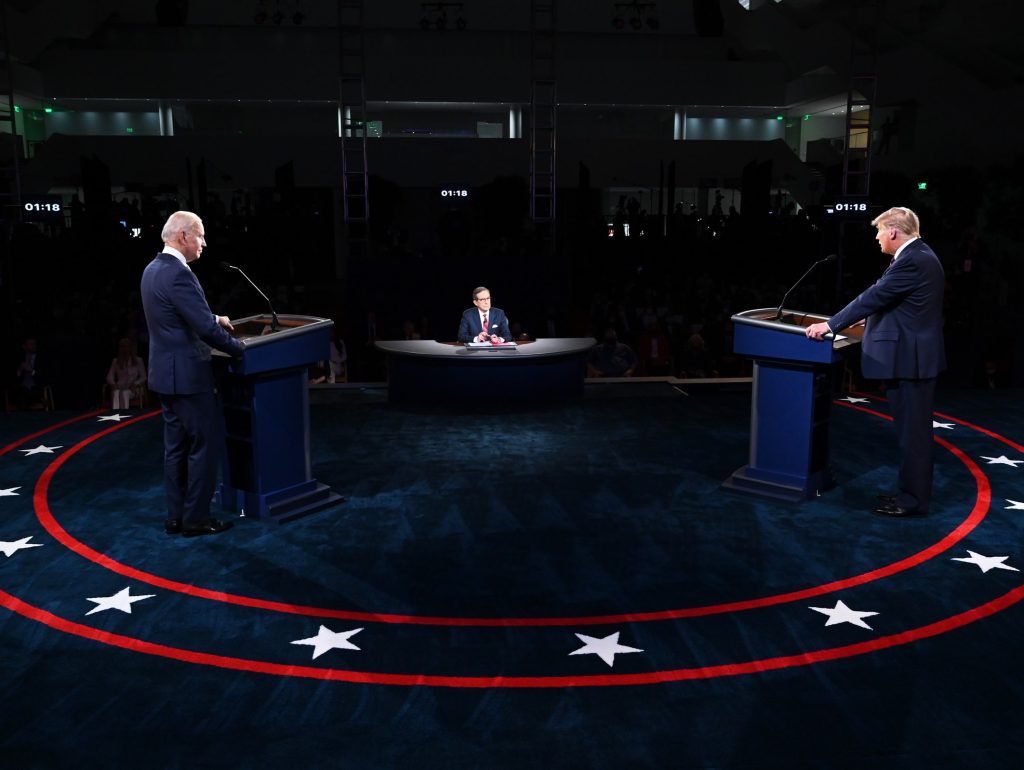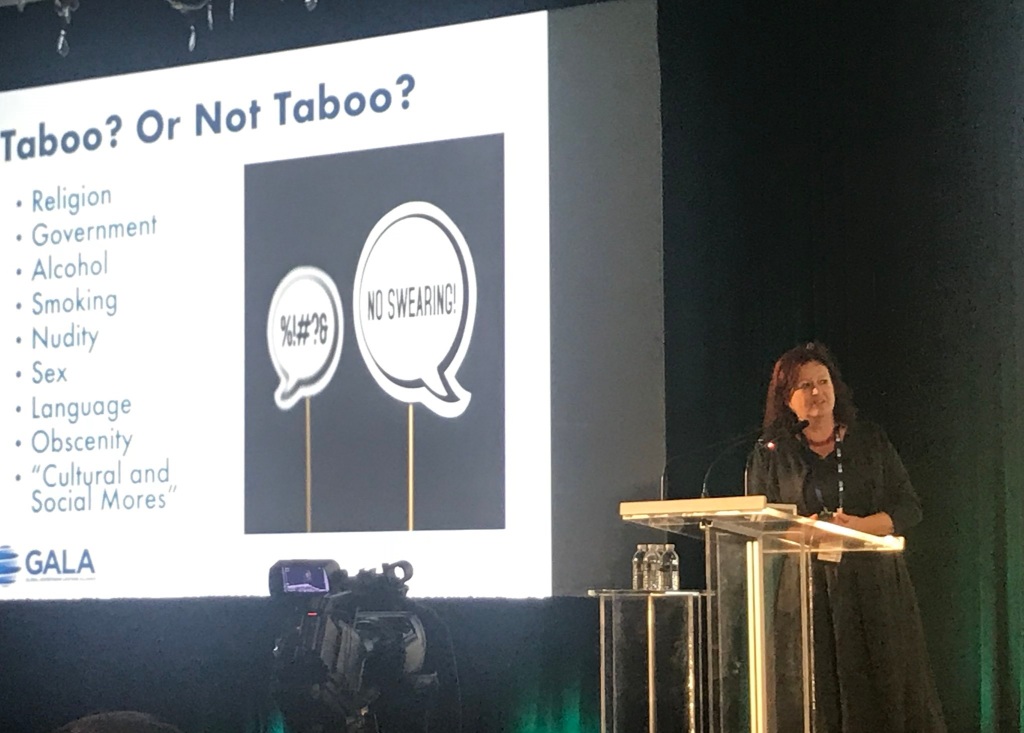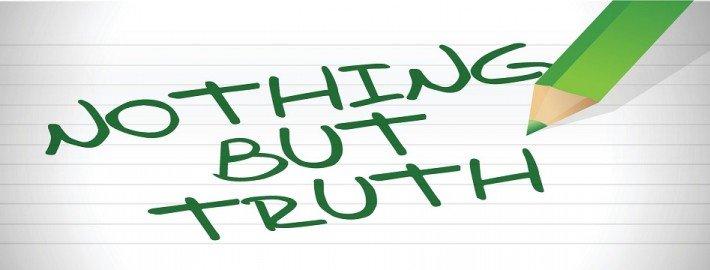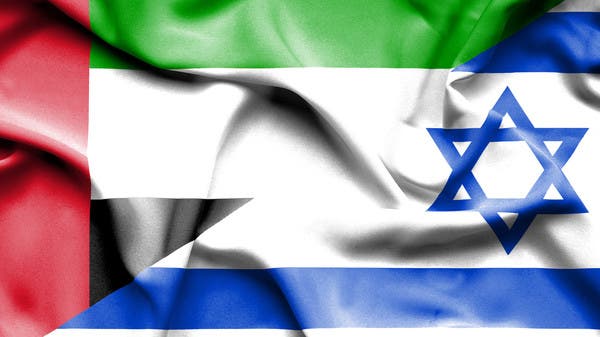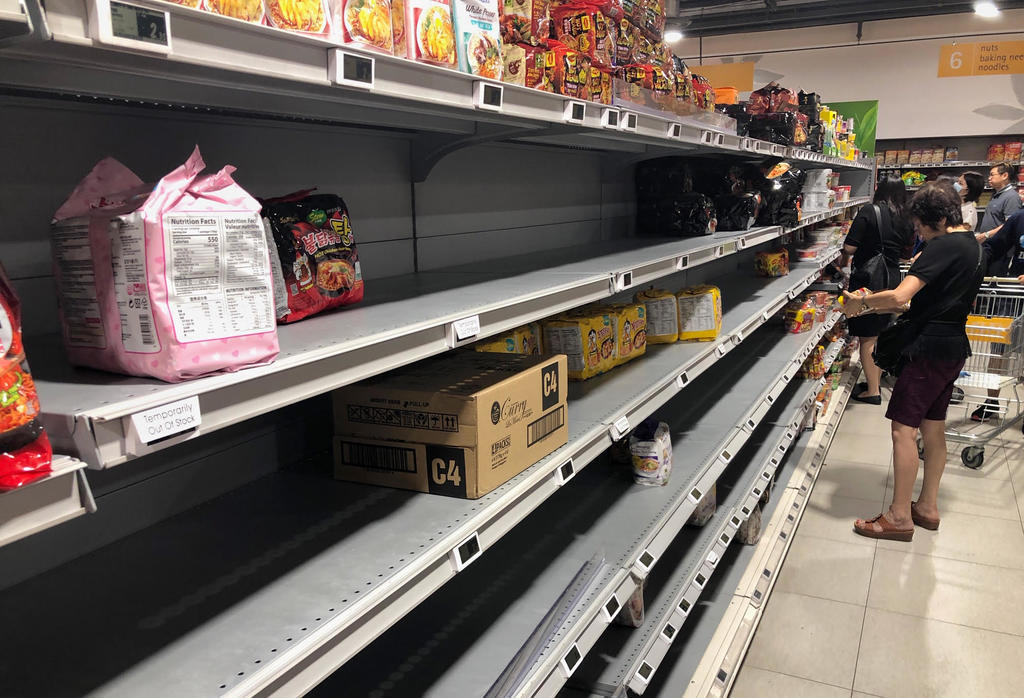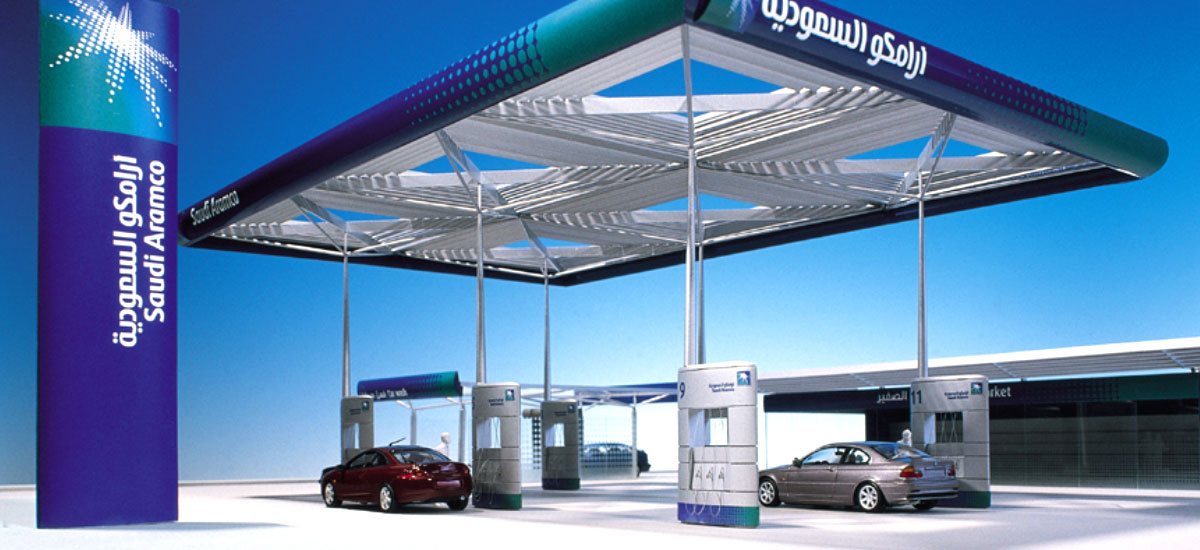
The pitch – these two words can strike fear into the hearts of a PR executive. And with good reason; journalists can tear a pitch to shreds in the time it takes you to read this sentence. Perfecting a pitch doesn’t need to be hard. But don’t take my words for it. I’ve asked four Dubai-based journalists to talk about the best and the worst pitches, as well as what advice they would proffer to people working in public relations. Thank you to the journalists who shared their answers (disclaimer: no PR people were hurt during the writing of this post). Here we go!
- What’s the best pitch you’ve received?
Journalist 1
It was from Rachel Maher at PHD UAE.
The pitch was regarding coverage for PHD’s upcoming Brainscape conference. The theme of the year was ‘AI’. She took the time to go through my editorial calendar, factor in the deadlines, and then approach me with a few initial ideas on how we could work together. She then met for a coffee to further brainstorm and was perfectly happy to be part of another feature I had planned around AI – instead of expecting and insisting massive coverage on the event alone.
To summarize, what I liked was:
- Factoring in the magazine’s timelines
- Brainstorming to see what works best for the title – not just the company
- Supporting with contacts and relevant material
- Not expecting and insisting on exclusive coverage; instead collaborating and adding value to the magazine
Journalist 2
I don’t think there’s been a ‘best’ pitch that has stood out for me – sorry!
Journalist 3
No particular pitch is very memorable – but I’ll tell you the most successful ones were the simplest. “Hey, saw you had a story on X yesterday. Would you be interested in a follow-up/ related story.” Provided they’re telling the truth, I’ll likely stop what I’m doing to listen.
Journalist 4
Best pitch was possibly from a junior PR girl at MSL handling Cadillac, who had found the “Penalty of Leadership” ad and suggested getting the Cadillac marketing manager to write about how it resonates today. I was impressed because it was about advertising, not about the car, I’d not seen the ad, and it was a bit random. Mind you, they never filed. But I was impressed at the pitch.
Journalist 1
Honestly, too many to name, so here’s are the kind of pitches that really suck:
- The one where they just name the client and state that they want exposure (duh!)
Getting exposure for the client is a PR agency’s job! It’s also their job to figure out how. A generic email stating that we have XYZ client and want to get them featured – without mentioning little else – is frustrating, to say the least.
- The one where the client wants control of everything
The client decides when, what and how, they’ll contribute without any regard for the title’s editorial style and/or guidelines. I’ve had several people call asking (rather rudely) why a comma was changed or why a sentence was paraphrased… please, let editors do their jobs!
- The one where the agency knows nothing
I’ve had PR folks reach out with random pitches from artificial insemination to the hottest ladies’ night out. While the latter is helpful personally, I don’t know how it’s relevant to the magazine. So, in some instances, I ask which section they’re pitching this for. Of course, the replies are sections that don’t exist.
- The one where they overestimate their client
As harsh as this might sound, sometimes a company/spokesperson is just not worth being featured. They don’t have anything interesting or new to offer – even if the topic fits within the editorial structure of the title. PR folks refuse to understand the shortcomings of their client and get extremely pushy by suggesting different angles and story ideas.
Journalist 2
LITERALLY everything in October that’s centers around Breast Cancer Awareness. From pink cupcakes to pink drinks to yoga on the beach, there’s absolutely no connection and it’s just a way for brands to peddle their name for the month.
Journalist 3
I am actually failing to come up with the example of a really bad pitch. I think it’s because I’ve heard so many bad pitches over the years, I assume that everything is a bad pitch; as a result, I only listen for about 10 seconds. If the PR hasn’t gotten to the point, I either ask them to get to the point NOW (if I sense there may be some usable behind the rambling) or just shut them off. If I shut them off, it means I’ve probably forgotten about them about 10 seconds later.
Journalist 4
So many! One girl pitched me the new line of Samsonite suitcases and I asked her where I should run it. “The Business News section,” she suggested. (I was on Communicate then). I told her I couldn’t find that section, so she said wherever I saw fit. I said the back page, Dish section would probably be best. She agreed. Then when I ran the conversation in full on our back page, her boss called me to say she was in tears. Should he fire her? No, I said, as she’s guaranteed to always read the mags she’s pitching to from now on. I felt like a bit of a shit, though.
- What’s your advice to PR people re pitching to media
Journalist 1
Be considerate. As cliché as it sounds, please understand the pressures under which journalists and editors today are working. Stop wasting their time with numerous calls; a barrage of emails; irrelevant messages; and being pushy.
Be relevant. Do your research, go through a couple of previous issues (not just the most recent one), and then see how you can add value. Your job is to get exposure for your clients, not ours. Figure out how. We’d be happy to work with you, not do your job for you.
Push back. Sometimes, you know your client is wrong. Let them know. And if you can’t, don’t approach with us something you don’t believe in yourself.
Know how much is too much. I can’t say this enough but please stop calling, emailing and Whatsapping…all at the same time!
And most importantly, you don’t always need to pitch! The best PR folks, in my opinion, are the ones who are responsive, quick and present when journalists and editors need a comment or contribution.
Journalist 2
Know. Your. Audience. I don’t want to receive pitches or releases about going back to school or the latest women’s fall collection if that’s not what I write about. Also, if you’ve emailed me about something, there’s absolutely no need to give me a phone call a few hours later to see if ‘I’ve had a chance to review the email’. If something really does interest me, I will respond and take things forward myself.
Journalist 3
Get to the point. Be honest, even if you think it means I won’t be interested. Be ready to accept rejections (I’ve send emails telling me entire dept to ignore emails from a PR if – after getting a no from me – they try to go around me to another editor or reporter. Deliver on what you promise.
Journalist 4
The usual. Know the magazine. Tailor the pitch to the readers, not to your client. No one gives a damn about how market leading your client’s solutions are; they want to be informed, educated or entertained. The point of a B2B mag is to help readers do their jobs better, not to let them ignore free advertorial.
- Has Social Media changed the pitch?
Journalist 1
This is hard to answer because I am the social media generation. I haven’t personally experienced pitches prior to social media. Having said that, for better or for worse, I don’t see the growth of social media having any bearing on the pitching process.
Journalist 2
I thankfully haven’t been pitched too often via SM, but on occasion an agency or PR person will tweet me or send a message on Facebook saying that they’d like to connect for a story or brand. It’s certainly an easier way to connect with people, but I still think it’s better to pitch something via email or phone call (provided the pitch is relevant!)
Journalist 3
Thanks to social media, it’s just gotten more chaotic because about half the industry isn’t using social media (hi, just calling to let you know I sent you an email) and the other half hits you up on random platforms I really don’t use. I get more pitches of LinkedIn, which I hate and am almost never on, than Twitter, which I am on waaay to much.
Journalist 4
Everyone used to want to see their clients in the mag. Saying I’d use a story online would always be seen as second best. That’s because they all wanted to leave it on their desks, show it to their mums, etc. Now, it’s the opposite. They all want it online, not just in print, so they can share it with their social networks.


